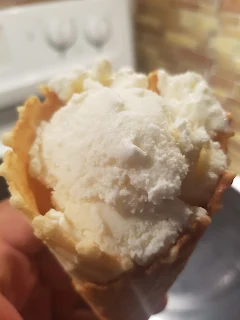January Read Aloud: The Wombles
If you are looking for a gentle, imaginative book that celebrates caring for the environment, community living, and creative problem-solving, The Wombles by Elisabeth Beresford may be the right choice. This classic story introduces children to a group of unusual creatures who live quietly in the countryside, helping clean up after humans and turning discarded items into useful treasures. Below is a book synopsis, a fun discussion about what a Womble might be, and a few hands-on activities to extend the learning. Book Cover Book Review: The Wombles by Elisabeth Beresford Genre: Children’s fiction Best for ages: 6–10 (read-aloud or independent reading) The story follows a community of Wombles who live on Wimbledon Common in England. Each Womble has a distinct personality, from the wise and thoughtful Great Uncle Bulgaria to the energetic and curious younger Wombles. Their main mission is simple but meaningful: they collect litter left behind by humans and reuse it to make...








Comments
Post a Comment